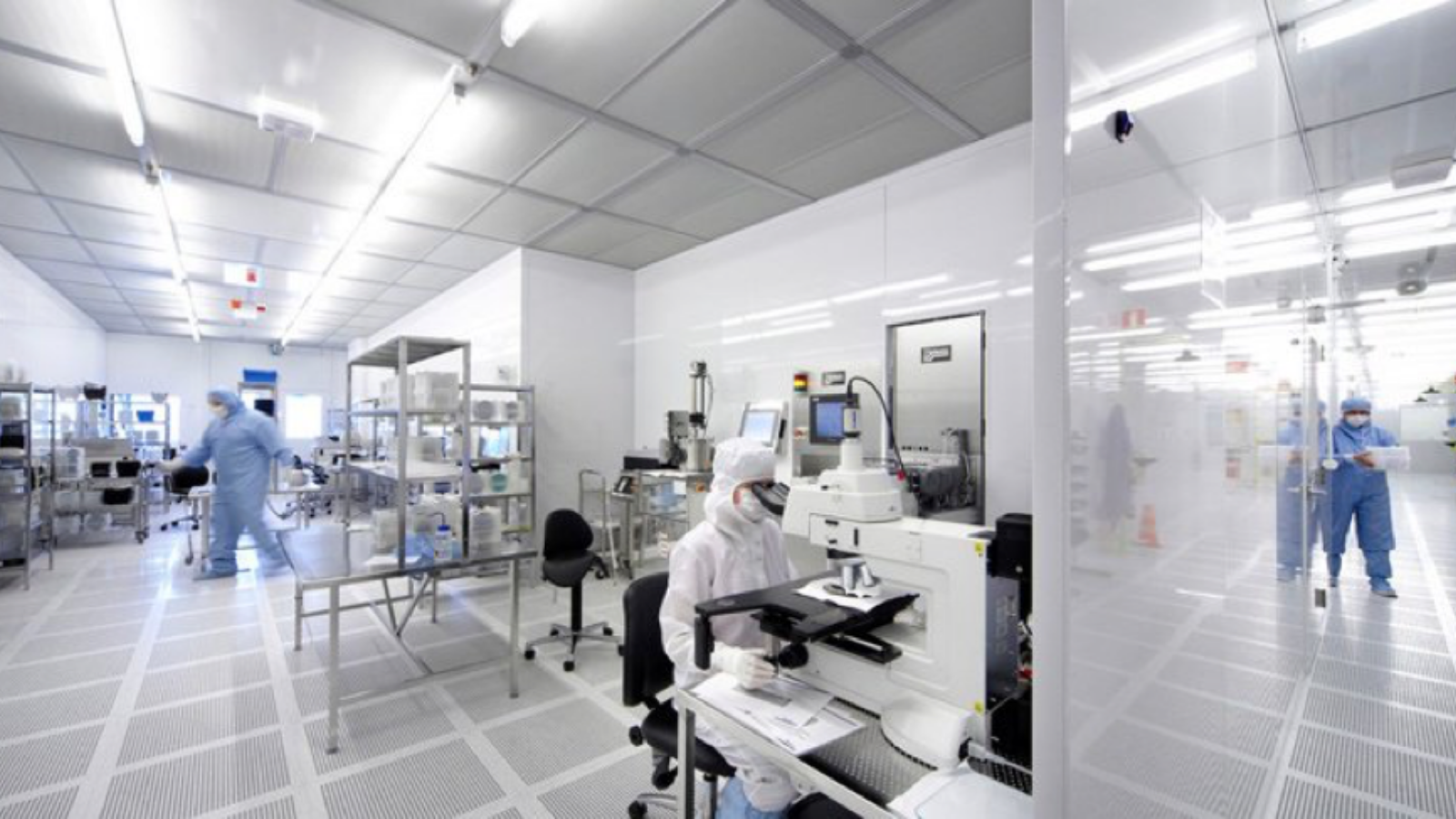As the name suggests, your cleanroom is supposed to be free from any possible pathogenic particles. Different ISO standards help with classroom classification, and it is important for you to focus on preventing your cleanroom from getting contaminated.
Cleanrooms are important because they control your environment, limiting the presence of tiny particles that could otherwise impair productivity or get people sick. The level to which the environment is maintained is important for cleanroom cleaning classification. Unfortunately, cleanrooms can get contaminated from time to time.
What are some of the most common sources of cleanroom contamination? Take a look at some of the cleanroom classification factors, and learn more about how to prevent your cleanrooms from getting contaminated.
What Are the Major Sources of Cleanroom Contamination?
Regardless of whether you have pharmacy cleanrooms, hospital cleanrooms, or even research center cleanrooms, there are several significant sources of contamination. They include:
- The air in the facility might not be as clean as you think it is, allowing particles to flow into the room through the air.
- The people who enter the facility might bring contaminants with them. For example, skin flakes, clothing fibers, bacteria, and hair could contaminate the cleanroom.
- The water used in your production processes could also lead to cleanroom contamination. The water might not be filtered as well as you think it is.
- The chemicals and gasses used in your various production processes can also lead to contamination.
- A static electric charge could also lead to cleanroom contamination.
- If you do not clean the equipment in the facility well enough, particles could spread from the equipment to your cleanroom.
Clearly, there are a lot of potential sources of contamination. Take a look at some special control techniques you can use to prevent contamination from spreading.
Air Control
The air in your facility is a significant problem. There are aerosols and particles in the air that do not behave the same way as larger particles. Electrostatic attractions could also cause contamination to spread through the air, and these particles could be involved in chemical reactions that could influence the cleanroom.
One of the ways to control the air in your facility is to use HEPA filters. They are 99.99 percent effective and can remove a large percentage of the particles that would otherwise contaminate your cleanroom through the air.
Personnel Control
You might be surprised to hear that the people who enter the cleanroom are a major source of contamination. People naturally shed skin particles. The skin is your first layer of defense; when it becomes contaminated, the body sheds the skin to eliminate these particles.
When this happens in the cleanroom, your personnel can contaminate the environment. Even though it is possible to wear clothes to limit the shedding, there could be particles that stick to the clothes that lead to contamination. It is important to encourage personnel to be covered as much as possible. Our heads and feet are the most common sources of contamination, so we encourage people to wear shoe coverings, head coverings, masks, and safety glasses. This can limit the chances of skin particles being shed from your employees' bodies into the cleanroom.
Water Contamination
Water is probably heavily involved in your production processes and is an essential component of the cleaning process. At the same time, water could also be contaminated, leading to cleanroom issues.
You need to focus on water purity. Tap water is extremely impure, and you should not use it in your cleanroom environment. It is important to have a firm filtration process in place that can remove any sources of contamination from the water supply used in the cleanroom. You must audit your cleaning process from time to time to ensure the water is as clean as you think it is.
Equipment Contamination
Any equipment you bring into the room, including the furniture, could be a potential source of contamination. You must make sure the equipment is suitable for use in a cleanroom. For example, you should make sure that seating has been made from solid resin and that all heavy equipment has been made using stainless steel. If you bring paper into the room, it needs to be made using specially bonded paper. You need to think carefully about the disinfectants you use to ensure they do not contaminate the environment.
Chemical Contamination
You probably use a large number of chemicals in the cleanroom regularly. You must make sure the chemicals are not contaminating your environment. You need to use highly purified variants to keep the chemicals free of any possible contaminants. Make sure they are delivered to the room using non-corrosive containers, as even the containers could be a potential source of contamination. You should also think carefully about the transportation process to ensure the chemicals you use are not cross-contaminated.
There is a lot to think about regarding your cleanroom environment, and it would be our pleasure to help you.
Download The Guide From Pegasus To Protect Your Cleanroom
At Pegasus, we stay on top of the latest developments in our field to ensure we provide you with the best information for protecting your workplace. We would love to help you reduce contamination in your Cleanroom Cleaning. Get your instant quote today!







